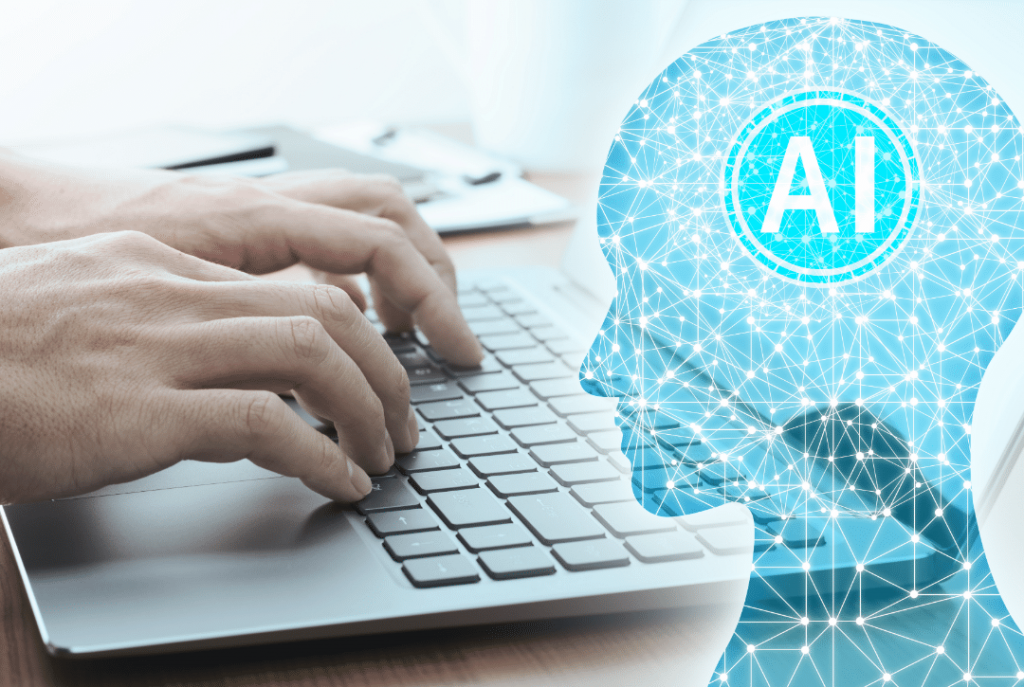Education & Career Trends: January 10, 2023
Curated by the Knowledge Team of ICS Career GPS

Content Credit:
- Article by Cassie Kozyrkov, published on medium.com. Original article link.
Remember 2020? So many of us thought that was going to be the big one for the way we work. I thought it would be the year that changes productivity forever. And in many ways it was; it forced us to spring clean our dusty attic of beliefs about what makes people productive. Decades of in-office 9-to-6 culture blown out of the window! It was a year that showed us just how resilient the human spirit is and how robust our ability is to get things done. The big discovery that year was how little productivity could change if we put our minds to it.
And that’s how 2022 snuck up on us.
The year 2022 was remarkable for the sheer amount of showing off we’ve all witnessed on the frontiers of productivity.
From the perspective of everyone else, many data science and AI solutions simply looked like a slightly smoother or more efficient application.
But as 2022 comes to a close, there’s something every data non-professional does need to know. There are a lot of “AI tools” popping up like mushrooms in your social media feed. If you’re ignoring them because you’re not “an AI person” or not excited by tech, you’re missing the bigger picture. They’re much more than AI tools. They’re proofs of concept in a productivity revolution.
They are not AI tools, they are proof of concept in a productivity revolution.
So, if you’ve been ignoring all this AI stuff, let’s catch you up.
Phase 1 — Research AI
- AI researchers invent general–purpose algorithms and approaches for others to use.
- They’re not here to solve your specific problem using your specific data, they’re making solutions possible—theoretically.
- Before 2015, almost every AI course out there was focused on research AI.
- After many years of study (not just one course!), students who got all the way up to a graduate degree learned how to push the envelope on the kinds of problems that might be solved with AI, whether or not it was feasible to actually use these solutions in a business setting.
Phase 2 — Applied AI
- Applied AI involves a focus shift to using research inventions to automate something in a business at scale.
- The applied AI revolution was about taking a new approach to programming, supplementing traditional software engineering to automate a wider range of tasks.
- But from an outsider’s perspective, not all that much was different, what everyone in tech was excited about was that programmers could now tackle a wider variety of tasks more effectively.
- And if you were skilled at applied AI engineering, you could automate all kinds of things in your personal life too, giving yourself an incredible jetpack of personal productivity.
- This is exactly the same story that traditional software engineers tell about all the ways they made their own lives better by applying a bit of code here and there.
Phase 3 — Productivity AI
- And then 2022 swept onto the scene. Progress in both research AI and applied AI came to a boil.
- All that horsepower could finally be applied to building all kinds of consumer applications including one that’s in a class of its own because of how it feels to the user: personal productivity.
- If you don’t work in a tech/data role, there’s no particular need for you to bear in mind that there’s any AI involved here.
- Forget the term “AI” and simply focus on the “productivity” bit. Think of it like this:
By 2022, the tech got good enough that there was a profit to be made in offering consumers personal productivity tools that were better than anything a yurt full of traditional software engineers could have built.
The productivity revolution has been brewing for a lot longer than 2022.
The endgame here is productivity.
Google has, of course, been steadily improving our productivity tools each year. For example, Google Translate allows you to have a real-time voice conversation across multiple languages, no translator is required. Half a century ago people would have laughed at me for suggesting it would become part of everyday life. But today, it’s the most natural thing. We’re so used to it that it’s easy to forget that it’s very much an AI productivity tool.
While many writers dissect the most attention-grabbing AI applications from 2022 as revolutions in art and creativity, I suspect that AI art is a means to a different end.
If the endgame here is actually a personal productivity revolution, the pieces fit: not only does the tech have plenty of building blocks that could be recycled, but art is the perfect way to make people take notice. If it’s possible to build a tool that helps someone without much talent write and illustrate their own blog post, then imagine what else is possible. And in the very near future, we’re likely to see it in full bloom.
…
Have you checked out yesterday’s blog yet?
There are Only Three Rules in Life According to Stephen Hawking
(Disclaimer: The opinions expressed in the article mentioned above are those of the author(s). They do not purport to reflect the opinions or views of ICS Career GPS or its staff.)




One Reply to “2022: The year that changed the way we work”